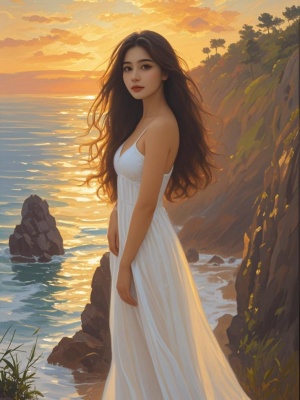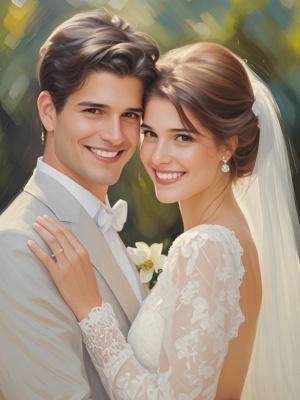The Art of Oil Painting Cars: A Comprehensive Guide
Introduction to Oil Painting Cars
Oil painting cars is a fascinating art form that combines automotive passion with classical painting techniques. This unique artistic expression allows artists to capture the beauty, power, and elegance of automobiles through the rich textures and vibrant colors of oil paints. Whether you're a professional artist or an automotive enthusiast looking to explore creative outlets, oil painting cars offers endless possibilities for artistic expression.
At MediaAI Art Gallery, we've seen growing interest in automotive oil paintings, particularly among collectors who appreciate both fine art and classic cars. The process requires specific techniques to accurately represent metallic surfaces, reflections, and the distinctive curves of various car models.
Essential Techniques for Oil Painting Cars
Preparing Your Canvas
The foundation of any great oil painting begins with proper canvas preparation. For automotive subjects, we recommend:
- Using medium-tooth linen canvas for optimal paint adhesion
- Applying two coats of gesso with light sanding between layers
- Creating a detailed pencil sketch before painting
- Establishing perspective lines to ensure accurate proportions
Capturing Metallic Surfaces
One of the biggest challenges in oil painting cars is rendering metallic surfaces realistically. Professional artists suggest:
- Start with a monochromatic underpainting to establish values
- Use a limited palette for reflections to maintain harmony
- Layer thin glazes to build up complex reflections
- Add final highlights with thick impasto strokes
Problem-Solution Matrix for Common Challenges
Challenge: Flat Looking Paintwork
Solution: Build up layers gradually, using both transparent and opaque paints. Study how light interacts with car surfaces in photographs from our travel photography collection for reference.
Challenge: Unrealistic Reflections
Solution: Simplify complex reflections into basic shapes and values. Focus on the major light sources and their impact on the car's form.
Challenge: Muddy Colors
Solution: Limit your palette and mix colors deliberately. According to experts at Tate Museum, restrained color mixing produces cleaner, more vibrant results in oil painting.
Modern Approaches: Combining Traditional and Digital Techniques
Many contemporary artists are blending traditional oil painting with digital tools. Some innovative approaches include:
- Using digital sketches as underdrawings
- Incorporating AI-assisted composition for complex scenes
- Mixing digital color studies with physical paint application
The Metropolitan Museum of Art has documented how these hybrid techniques are revolutionizing automotive art while maintaining traditional oil painting's tactile qualities.

Conclusion: The Timeless Appeal of Oil Painting Cars
Oil painting cars remains a rewarding artistic pursuit that bridges technical precision with creative expression. Whether capturing vintage classics or modern supercars, the medium offers unparalleled depth and luminosity for automotive subjects. As demonstrated in our portrait transformation guide, the principles of careful observation and layered painting apply beautifully to automotive subjects.

For aspiring artists, we recommend starting with simpler compositions and gradually tackling more complex reflections and surfaces. Remember that mastery comes with practice, and each painting offers valuable lessons in light, form, and color.